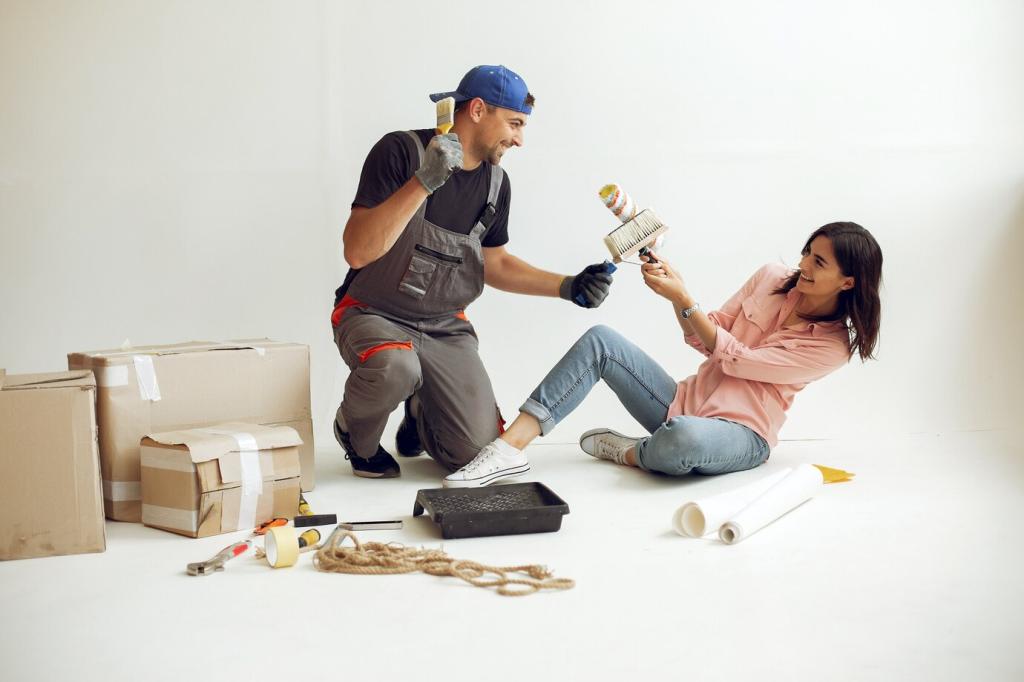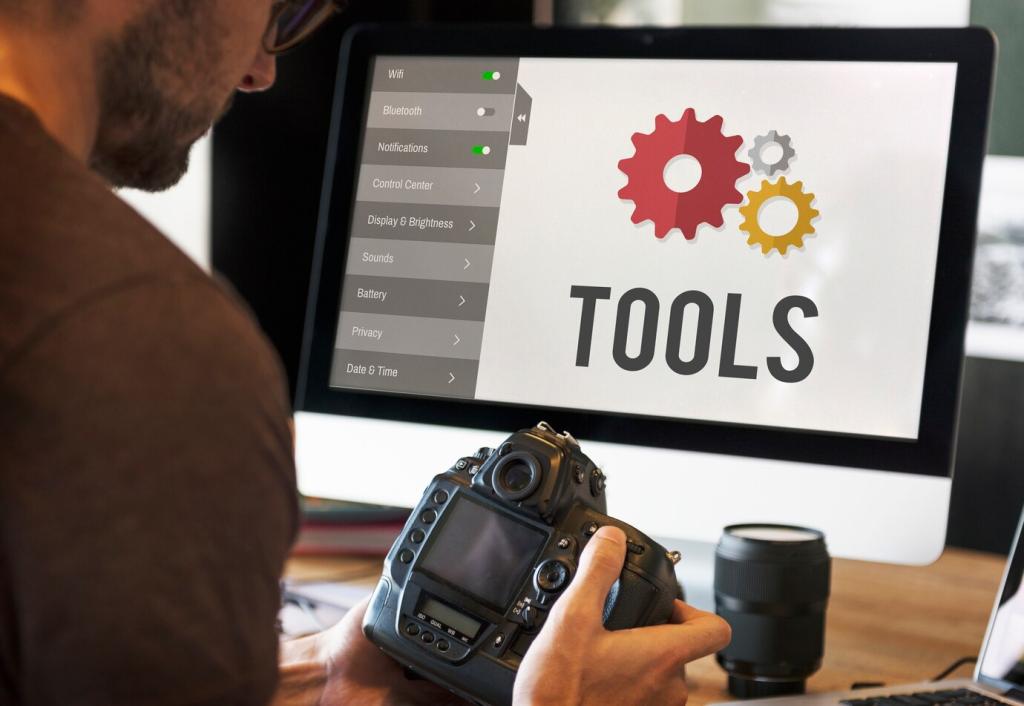
DIY Tire Maintenance: Checking Pressure and Tread
Welcome to your friendly pit stop for DIY Tire Maintenance: Checking Pressure and Tread. Learn practical habits, tools, and stories that help you drive safer, save money, and feel confident every time your wheels meet the road.

Cold Inflation, Explained Simply
Check pressure when tires are cold—typically in the morning before driving—to avoid heat-inflated readings. Even a short drive warms rubber and air, raising PSI and masking underinflation. Build a routine around cold checks, and watch how consistency turns guesswork into confidence.
Finding the Right PSI for Your Vehicle
Use the door-jamb placard or owner’s manual, not the sidewall maximum, to set your target PSI. The placard reflects your vehicle’s weight balance and handling needs. If carrying extra passengers or cargo, re-check pressure and adjust within manufacturer guidance before setting off.
Digital vs. Analog Gauges: Accuracy That Matters
A good gauge simplifies DIY Tire Maintenance: Checking Pressure and Tread. Digital models read quickly, even in dim garages, while quality analog units are durable and reliable. Keep one in your glovebox, compare readings occasionally, and share your favorite gauge picks with fellow readers.
Reading the Road: Tread Depth and Its Story
A tread depth gauge is inexpensive and precise, but classic coin tests still help. Under about 2/32 inch, replacement is urgent; below roughly 4/32 in wet conditions, performance drops noticeably. For snow, more depth is better. Try all three methods and compare your readings.


This is the heading
Lorem ipsum dolor sit amet, consectetur adipiscing elit. Ut elit tellus, luctus nec ullamcorper mattis, pulvinar dapibus leo.

This is the heading
Lorem ipsum dolor sit amet, consectetur adipiscing elit. Ut elit tellus, luctus nec ullamcorper mattis, pulvinar dapibus leo.



Real-World Wins: Safety, Savings, and Peace of Mind

Correct pressure preserves your tire’s intended footprint, helping tread blocks grip under braking and steering. Underinflation and uneven wear make emergency maneuvers less predictable. Test your braking feel after a proper adjustment and tell us how the wheel feedback changed in wet conditions.
Your Weekly Five-Minute Routine
01
Before driving, check all four tires and the spare, note PSI, and adjust to your placard spec. Scan valve stems for caps and damage. Consistency beats perfection—comment with your quickest time and the trick that makes this routine stick for your household.
02
Kneel, scan, and feel for stones, screws, or uneven patches. Catch bulges or cuts early, and note which corner needs attention. Add a rotation reminder at 5,000–7,500 miles, or as your manual suggests. Tell us which rotation pattern your vehicle recommends and why it helps.
03
Record PSI, tread readings, mileage, and cargo changes. Patterns emerge fast—seasonal drops, a slow leaker, or an axle that wears faster. Celebrate streaks of on-time checks and subscribe for printable logs. Share a photo of your setup to inspire someone’s first successful routine.
Fixing Issues: Leaks, Patterns, and When to Replace
Decoding Wear Patterns with Confidence
Center wear often hints at overinflation, edge wear at underinflation, and feathering or cupping at alignment or suspension issues. Photograph your tread, compare corners, and adjust pressure first. If patterns persist, schedule alignment. Post your photos and let the community weigh in constructively.

